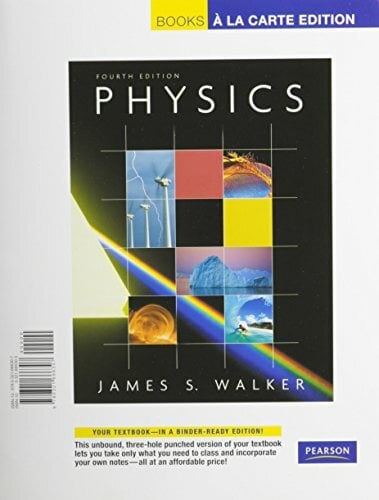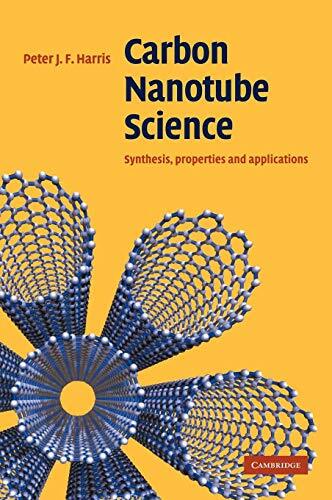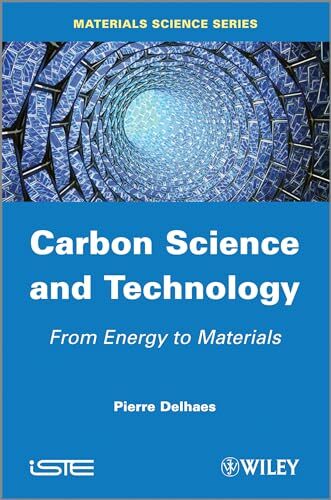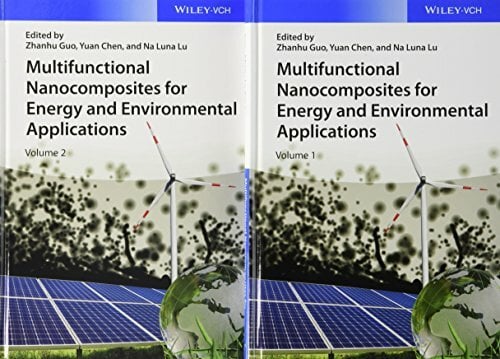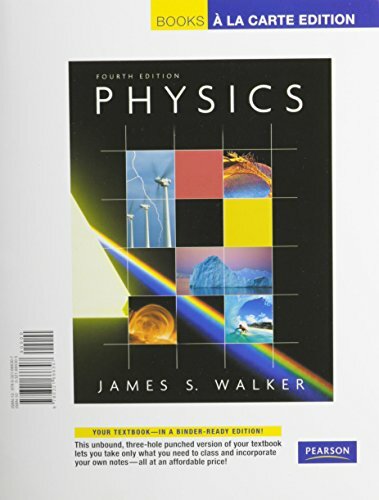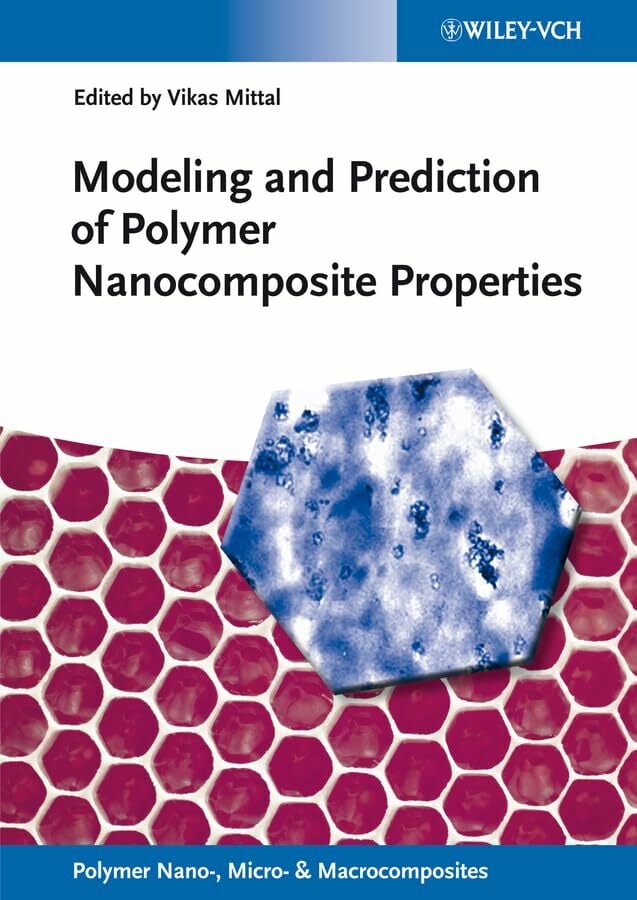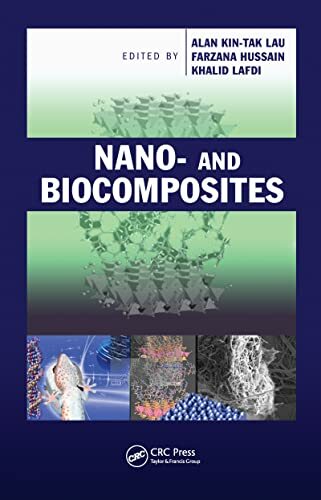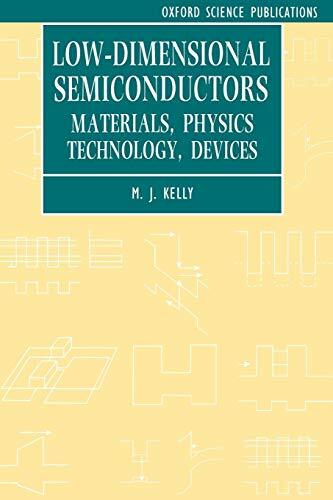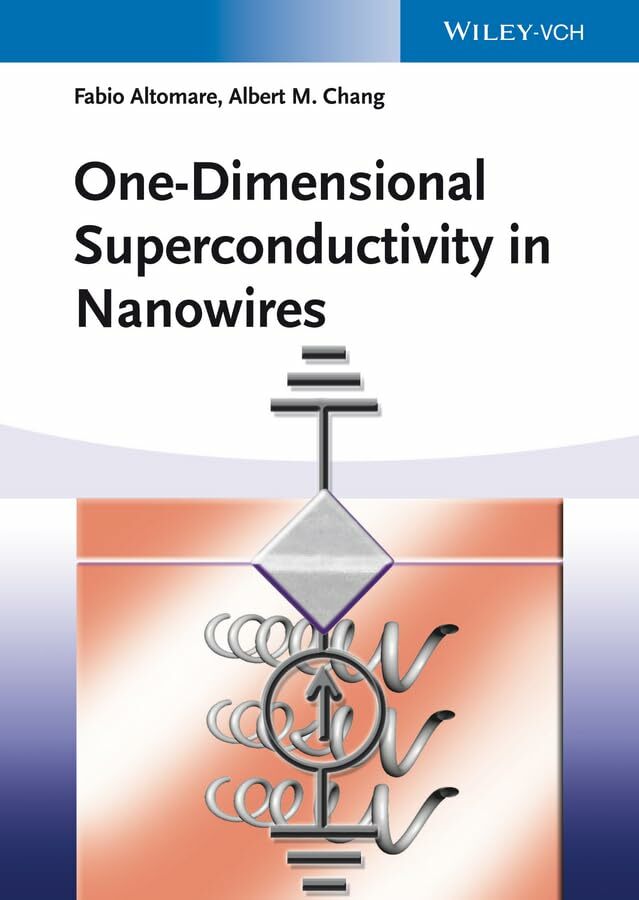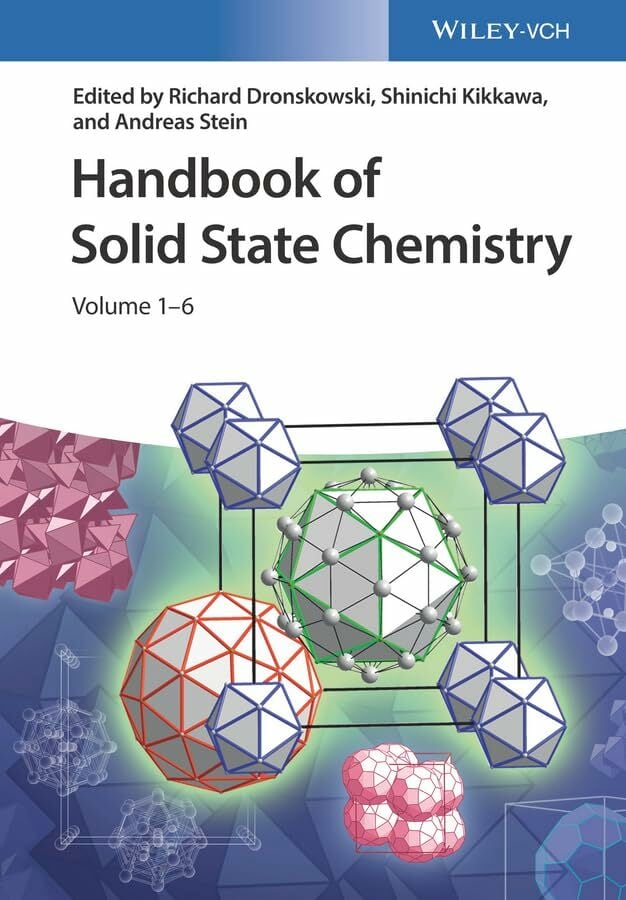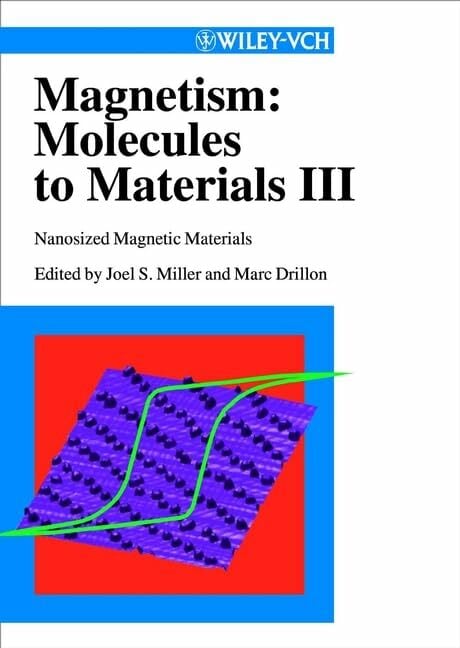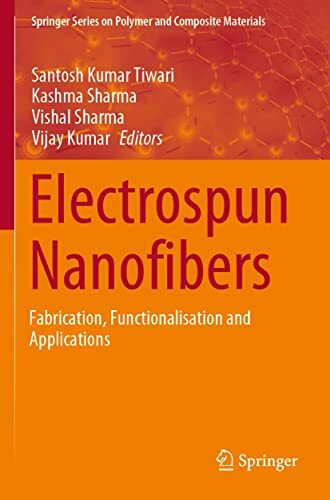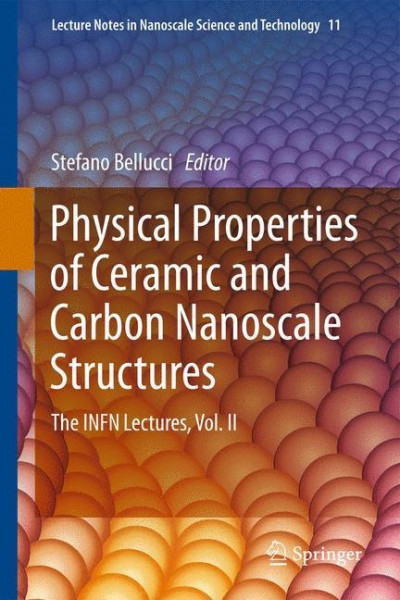
Physical Properties of Ceramic and Carbon Nanoscale Structures
Kurzinformation
inkl. MwSt. Versandinformationen
Artikel zZt. nicht lieferbar
Artikel zZt. nicht lieferbar

Beschreibung
This is the second volume in a series of books on selected topics in Nanoscale Science and Technology based on lectures given at the well-known INFN schools of the same name. The aim of this collection is to provide a reference corpus of suitable, introductory material to relevant subfields, as they mature over time, by gathering the significantly expanded and edited versions of tutorial lectures, given over the years by internationally known experts. The present set of notes stems in particular from the participation and dedication of prestigious lecturers, such as Andrzej Huczko, Nicola Pugno, Alexander Malesevic, Pasquale Onorato and Stefano Bellucci. All lectures were subsequently carefully edited and reworked, taking into account the extensive follow-up discussions. A tutorial lecture by Huczko et al. shows how a variety of carbon and ceramic nanostructures (nanotubes, nanowires, nanofibres, nanorods, and nanoencapsulates) have in particular great potential for improving our understanding of the fundamental concepts of the roles of both dimensionality and size on physical material properties . Bellucci and Onorato provide an extensive and tutorial review of the (quantum) transport properties in carbon nanotubes, encompassing a description of the electronic structure from graphene to single-wall nanotubes, as well as a discussion of experimental evidence of superconductivity in carbon nanotubes and the corresponding theoretical interpretation. In the first contribution by Pugno, new ideas on how to design futuristic self-cleaning, super-adhesive and releasable hierarchical smart materials are presented. He also reviews the mechanical strength of such nanotubes and megacables, with an eye to the visionary project of a carbon nanotube-based 'space elevator megacable'. In his second contribution, Pugno outlines in detail the role on the fracture strength of thermodynamically unavoidable atomistic defects with different size and shape, both numerically and theoretically, for nanotubes and nanotube bundles. Focusing on graphitic allotropes, the chapter by Bellucci and Malesevic aims to give a taste of the widespread implications carbon nanostructures have on research and applications, starting from an historical overview, followed by a discussion of the structure and physical properties of carbon nanotubes and graphene, in particular in the context of the several different synthesis techniques presently available. von Bellucci, Stefano
Produktdetails

So garantieren wir Dir zu jeder Zeit Premiumqualität.
Über den Autor
Dr. Stefano Bellucci Istituto Nazionale di Fisica Nucleare Laboratori Nazionale die Frascati Frascati Italy [email protected]

- hardcover
- 456 Seiten
- Erschienen 2016
- Wiley-VCH

- hardcover
- 461 Seiten
- Erschienen 2020
- Cambridge University Press
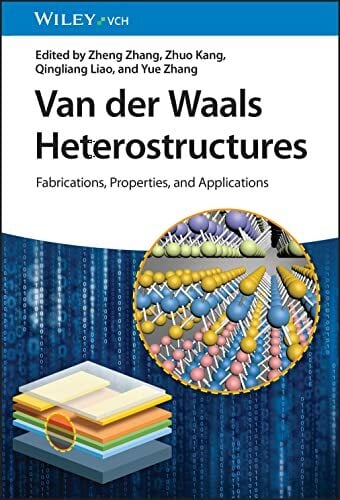
- Gebunden
- 323 Seiten
- Erschienen 2023
- Wiley-VCH

- paperback
- 158 Seiten
- Erschienen 2008
- John Wiley & Sons
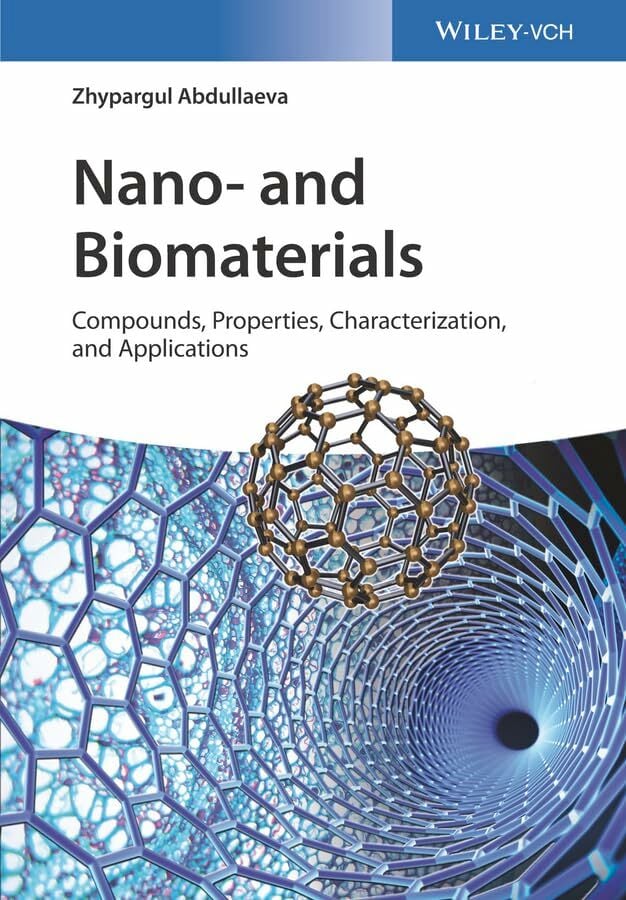
- Gebunden
- 288 Seiten
- Erschienen 2017
- Wiley-VCH

- paperback
- 460 Seiten
- Erschienen 2001
- Springer

- hardcover
- 108 Seiten
- Erschienen 2014
- Springer

- Gebunden
- 532 Seiten
- Erschienen 2011
- Wiley-VCH
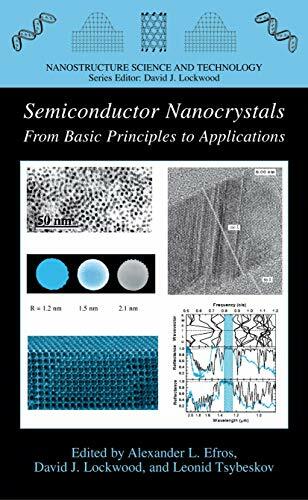
- hardcover
- 277 Seiten
- Erschienen 2003
- Springer
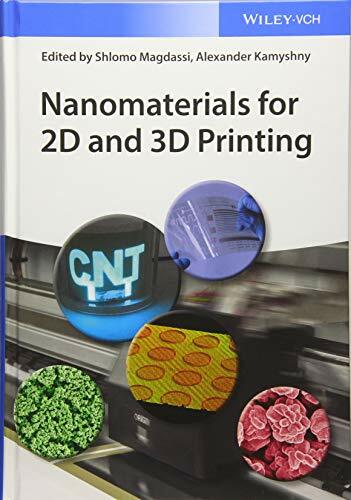
- Gebunden
- 376 Seiten
- Erschienen 2017
- Wiley-VCH

- hardcover
- 332 Seiten
- Erschienen 2009
- Taylor & Francis

- Gebunden
- 663 Seiten
- Erschienen 2007
- Wiley-VCH

- Gebunden
- 496 Seiten
- Erschienen 2013
- Wiley-VCH

- Gebunden
- 804 Seiten
- Erschienen 2010
- Springer







